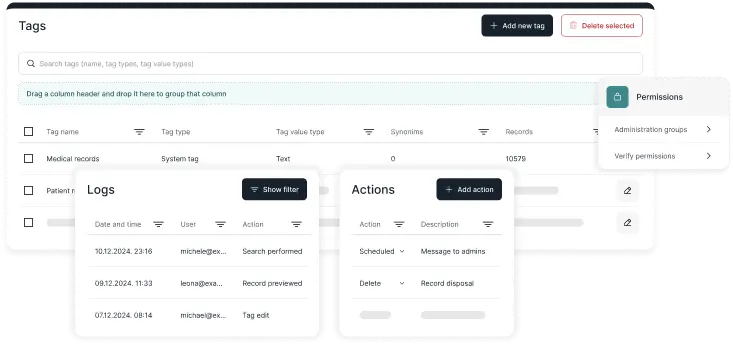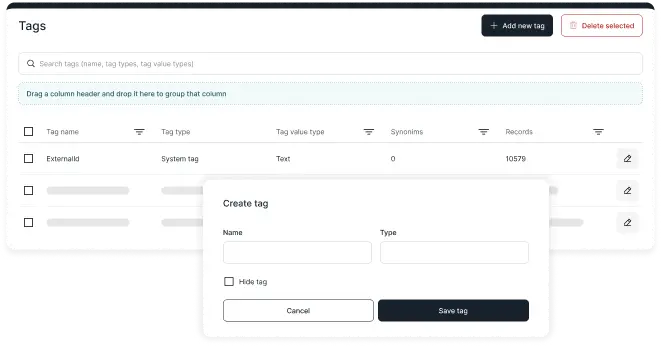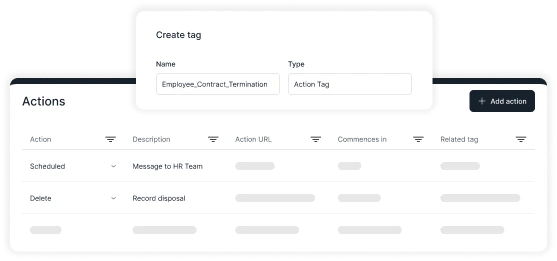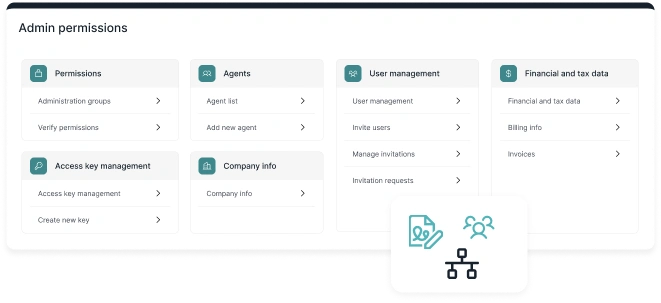- English
- Deutsch
Switch your business content to autopilot





Tired of searching through folders? Dock KORTO to your fileshare and email systems and it will categorize your files by adding tags and labels. Paired with AI, KORTO takes over all the gruntwork, combs through your files (scans and images included!), and pulls the tags directly from the content.


“KORTO saves us time on keeping track of where everything is. We archived the extensive wikis we struggled to keep up to date. KORTO simply knows where everything is.”

Easily chart your record lifecycle across geographies. KORTO's automated workflows will make smooth sailing of your data retention policies and keep up with the regulatory requirements for all the jurisdictions you work in. Let KORTO track deadlines, actions, and notifications.
“Our centralized HR handles contracts for our multinational team and KORTO has helped us cut the cost of compliance by automating many of our admin tasks.”

Choose compliance support that goes above and beyond. KORTO fully complies with EU (eIDAS) and US (ESIGN, UETA) regulations, enabling you to use electronic signatures and time stamps. Audit logs track all operations for perfect document history, and blockchain integration makes them tamper-proof.


“It took us just a few clicks to prepare for our latest audit. We pulled up all the relevant data and documents with a few clicks and shared it with auditors through KORTO.”

Keep your records and sensitive data safe from unauthorized access, loss, or tampering with KORTO’s multi-layered security. Our extensible, open, and secure APIs ensure robust integration. With compliance support, audit trails, and a blockchain addon, your records stay secure and tamper-proof throughout their lifecycle.
“Integration with our Microsoft SharePoint, Exchange Online, and Teams was plug-and-play. KORTO has transformed how we manage sensitive data, giving us confidence and peace of mind.”

KORTO handles all the tedious and repetetive tasks for you.
Prepare for audits and share documents with just a few clicks.
Keep your data safe with secure cloud systems, APIs and blockchain.
Intuitive cloud-based app that lets you save time from day one.
KORTO understands context - from names and values to hand-filled forms
Flexible enough to meet every team's needs



Or even understand themselves — revealing knowledge that’s been hidden in your systems all along?
Read more about What if your documents could talk — instead of just sitting in folders?Worried that AI will replace your role? The real question is: what if it could actually make your job easier? Discover how intelligent content, secure automation, and retention logic come together to turn AI into a trusted teammate.
Read more about AI isn’t replacing knowledge workers — It’s finally empowering them